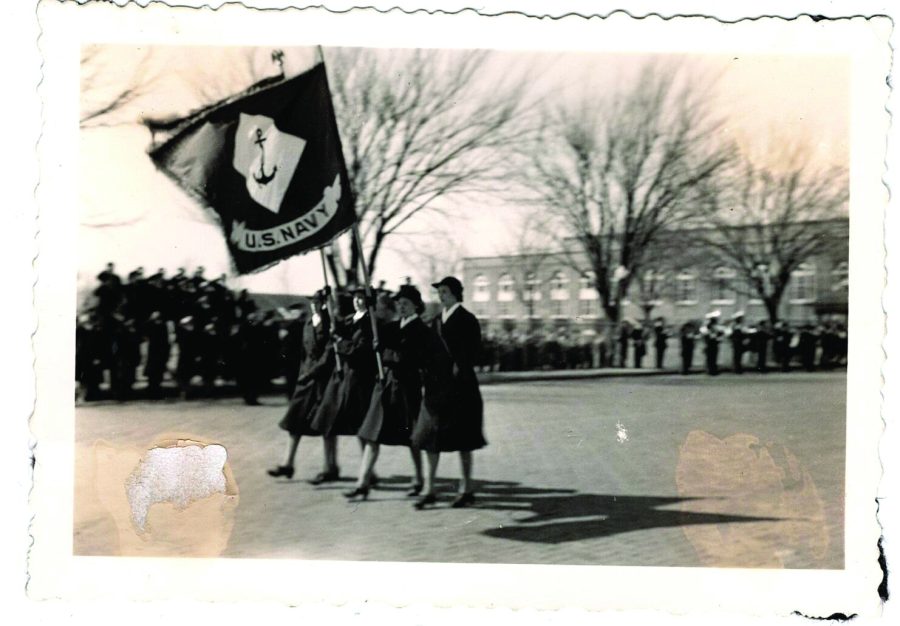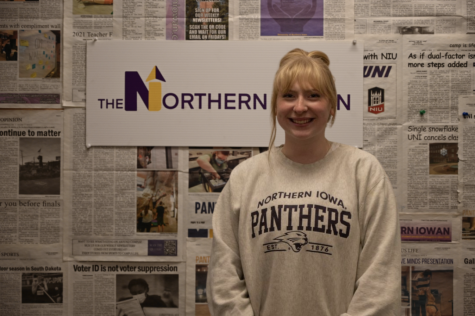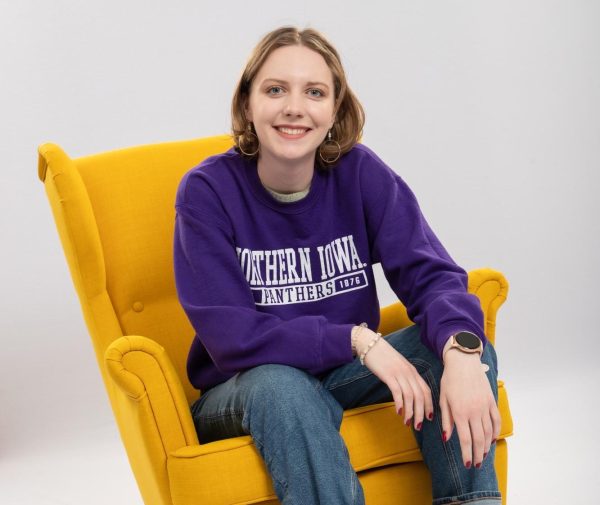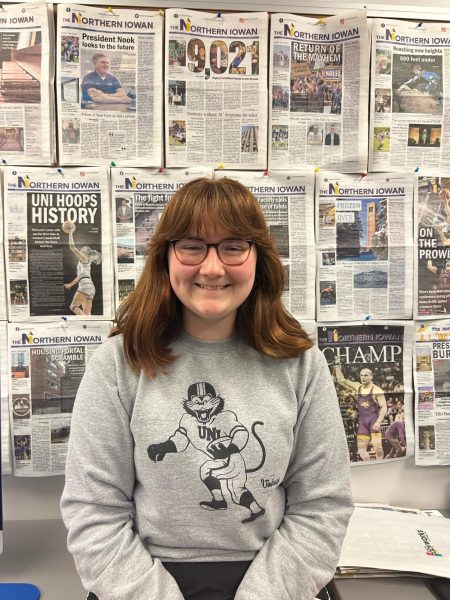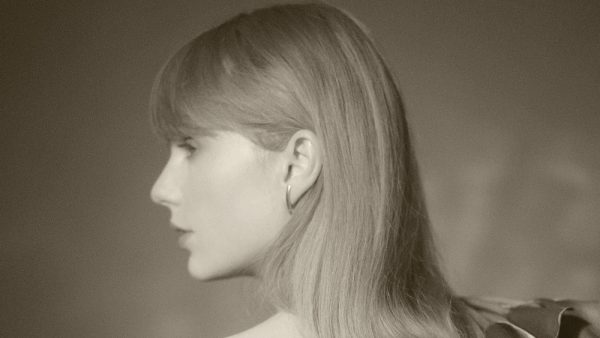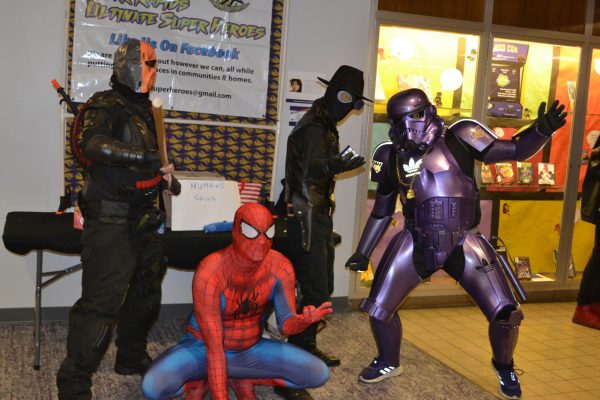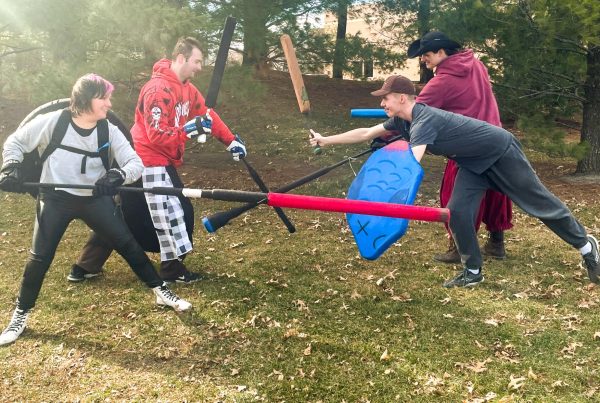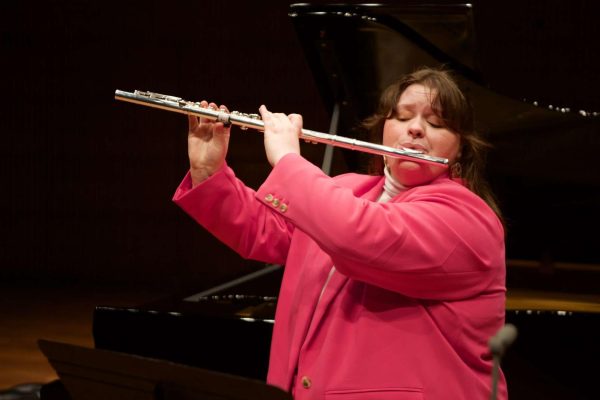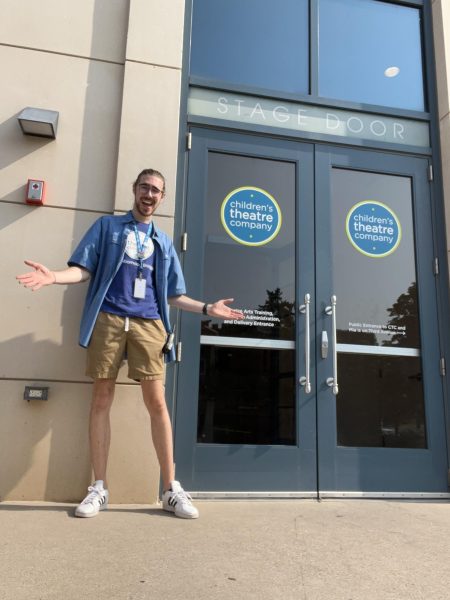Woman crush Wednesday at the UNI Museum
During World War 1, the W.A.V.E.S. division was unofficially created. These women held other positions such as training pilots, air traffic controllers and parachute testers.
Mar 22, 2023
The UNI Museum at ROD Library has taken to social media for Women’s History Month, bringing back nostalgic Woman Crush Wednesday posts. Their goal is to honor the women that have made a difference in the collections and research at the museum and campus history.
Each post contains a snippet of their stories accompanied by artifacts in the museum that are attributed to each person. It provides the unique experience of connecting powerful artifacts to a face. Not to mention, they tell the incredible stories of women we are directly tied to.
Most fascinating of the whole social media series is the information about the W.A.V.E.S. (Women’s Accepted for Volunteer Emergency Service). These women were the first non-nurses to serve in the United States Navy. The division unofficially started during World War 1, where many women joined to pressure the passing of the 19th Amendment.
Although the W.A.V.E.S. division was created for women to take over clerical positions to clear more men to go out to sea, during World War 2 over 30% of W.A.V.E.S. became naval aviation training pilots, air traffic controllers, and parachute testers. The museum’s post says, “In fact, World War 2 led to the Navy’s first female doctor, lawyer, bacteriologist, and computer specialist.”
UNI’s campus served as one of the training grounds for three years, starting in 1942 during World War 2. Because thousands of women stayed just up Bartlett Hall, the museum has uniforms and plenty of pictures about their time here.
Another woman featured in the social media series was Maria Martinez, a Native American woman from San Ildefonso, N.M., who specialized in pottery. She was commissioned to replicate prehistoric pottery styles that were found in a nearby ancient pueblo site in San Ildefonso. For the museum’s collections, her pottery represents southwestern Native culture.
The post goes into detail saying, “The pots themselves were made with clay from the San Ildefonso reservation, a mix of dried clay and volcanic ash. The variants in metal composites at different pueblos allowed for Maria’s work to have great differences in feel and color.”
Martinez and her husband Julian created and perfected the art of mixing matte and glossy finishes on pottery. Their work became famous and recognized worldwide, mimicked by many. The museum is proud to have pots made by her, signed by “Maria & Julian.”
As Martinez represents southwestern Native culture, modern day Natasha Smoke Santiago’s work represents northeastern culture. She is a Haudenosaunee artist that works with anything from paint, cloth and beadwork to clay. Smoke Santiago’s work is rooted in storytelling, with each piece telling a story that connects back to the Native American culture and experience. The museum says, “She is one of the few artists today that work to bring back and elevate Haudenosaunee pottery.”
One of the pots that is housed at the UNI Museum has a profound story. Named “Rising out of the Ashes,” the pot is built around a broken piece of old pot. Smoke Santiago says that it tells the story of how native tribes can and have rebuilt their history from little bits of their past.
Among the other women featured in Woman Crush Wednesday is Dorothy Jean Ray, an actual alumna from UNI who became a noted ethnographer of Inupiaq and Yupik people. Born and raised in Cedar Falls, she moved to Alaska after graduation and began working with Native people to create educational texts. She wrote eight books and over 90 papers on their ethno-history and art. Ray’s post says, “Her artifact donations make up a large part of our Inuit collection and her work has proved to be invaluable to our knowledge and research on these cultures and artifacts.
The month is coming to a close and what comes for the final Women Crush Wednesday post is still a mystery. Among the possibilities of women to feature is Eliza Hamilton, who the museum has a letter addressed to.

